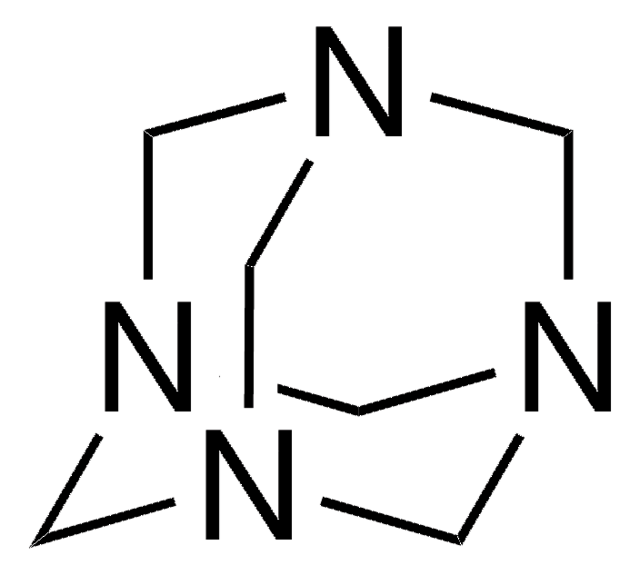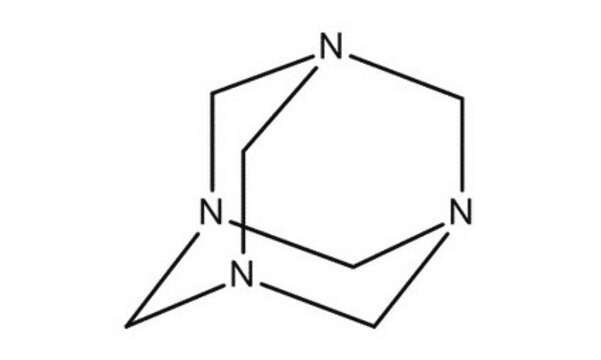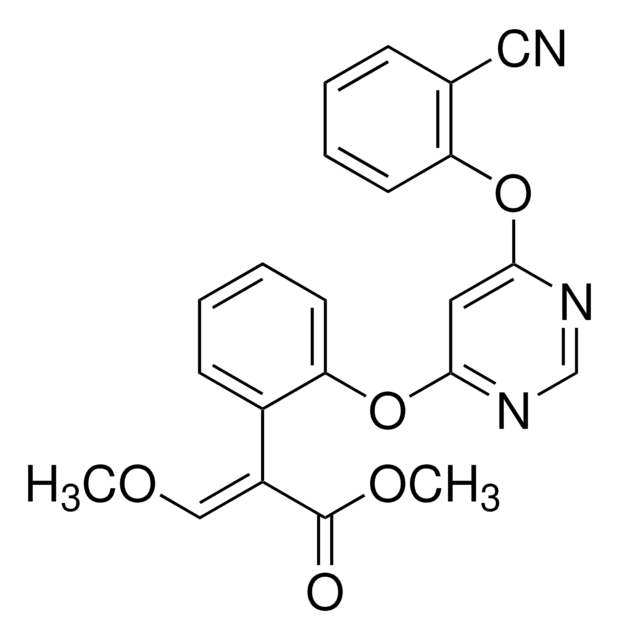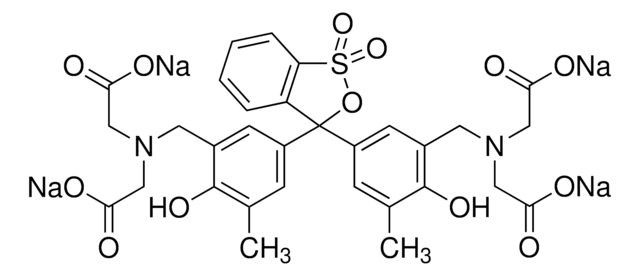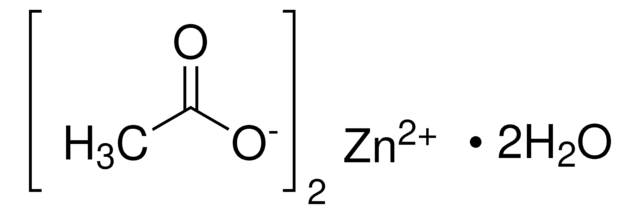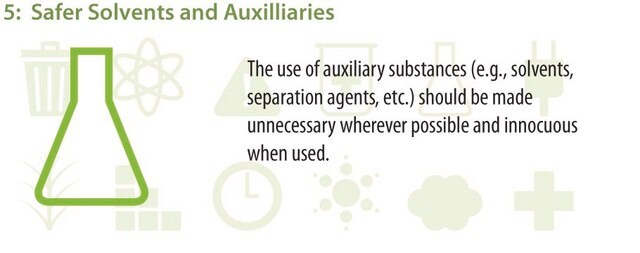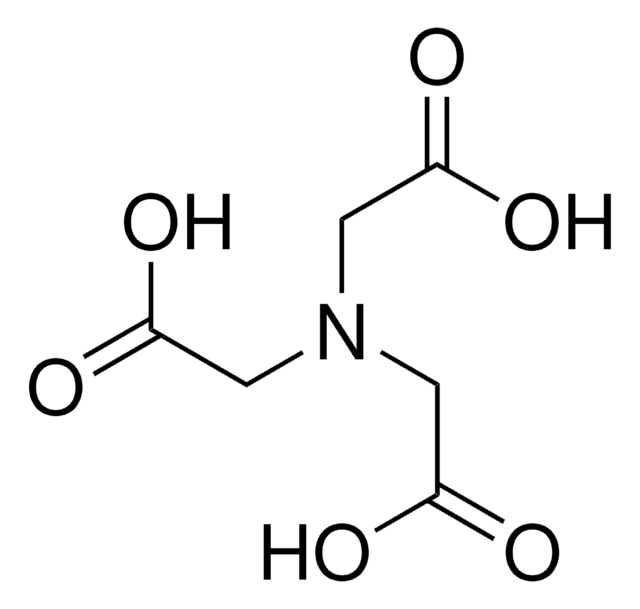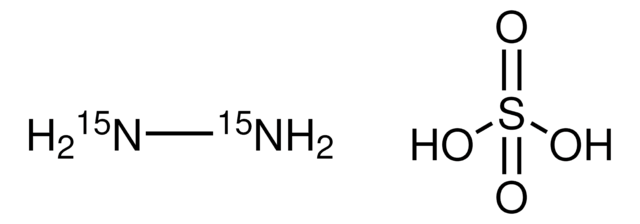33233
Hexamethylenetetramine
puriss. p.a., reag. Ph. Eur., ≥99.5% (calc. to the dried substance)
Synonyme(s) :
1,3,5,7-Tetraazatricyclo[3.3.1.13,7]decane, Hexamine, Methenamine, Urotropine
About This Item
Produits recommandés
Agence
USP/NF
reag. Ph. Eur.
Niveau de qualité
Pression de vapeur
<0.01 mmHg ( 20 °C)
Qualité
puriss. p.a.
Essai
≥99.5% (calc. to the dried substance)
Forme
solid
Température d'inflammation spontanée
770 °F
Impuretés
≤0.001% heavy metals (as Pb)
≤0.01% ammonium (NH4)
Résidus de calcination
≤0.01% (as SO4)
pH
8.5-9.5 (20 °C, 10%)
Pf
280 °C (subl.) (lit.)
Solubilité
H2O: soluble
Traces d'anions
chloride (Cl-): ≤20 mg/kg
sulfate (SO42-): ≤50 mg/kg
Chaîne SMILES
C1N2CN3CN1CN(C2)C3
InChI
1S/C6H12N4/c1-7-2-9-4-8(1)5-10(3-7)6-9/h1-6H2
Clé InChI
VKYKSIONXSXAKP-UHFFFAOYSA-N
Vous recherchez des produits similaires ? Visite Guide de comparaison des produits
Description générale
Application
It has been used for the preparation of ceria nanoparticles, via precipitation method.
Mention d'avertissement
Warning
Mentions de danger
Conseils de prudence
Classification des risques
Flam. Sol. 2 - Skin Sens. 1B
Code de la classe de stockage
4.1B - Flammable solid hazardous materials
Classe de danger pour l'eau (WGK)
WGK 1
Point d'éclair (°F)
482.0 °F - closed cup
Point d'éclair (°C)
250 °C - closed cup
Équipement de protection individuelle
Eyeshields, Faceshields, Gloves, type P3 (EN 143) respirator cartridges
Faites votre choix parmi les versions les plus récentes :
Déjà en possession de ce produit ?
Retrouvez la documentation relative aux produits que vous avez récemment achetés dans la Bibliothèque de documents.
Les clients ont également consulté
Notre équipe de scientifiques dispose d'une expérience dans tous les secteurs de la recherche, notamment en sciences de la vie, science des matériaux, synthèse chimique, chromatographie, analyse et dans de nombreux autres domaines..
Contacter notre Service technique